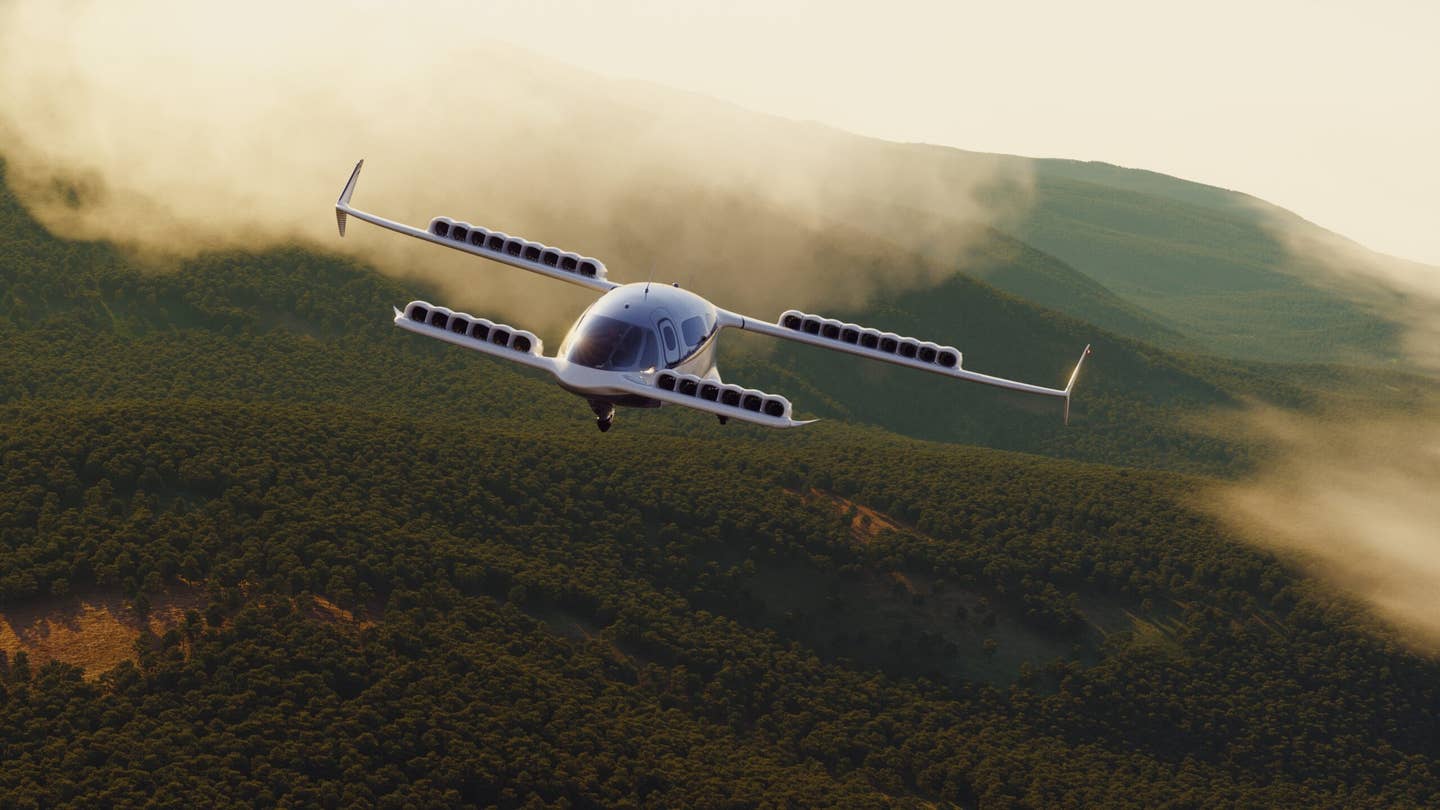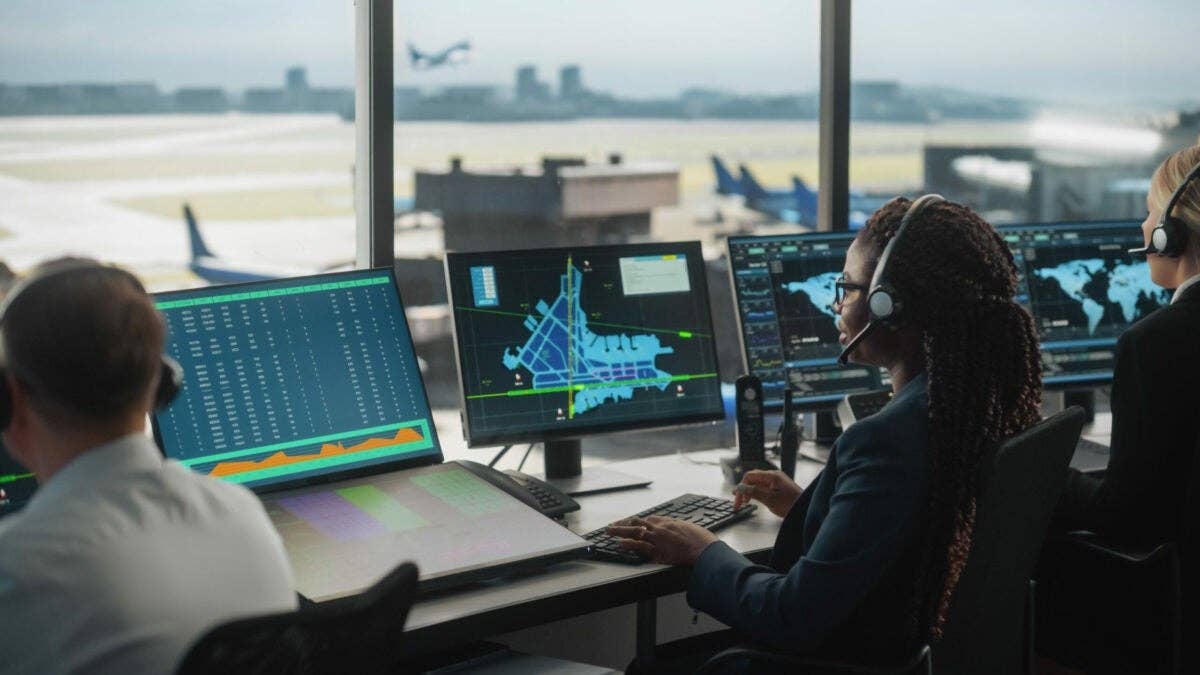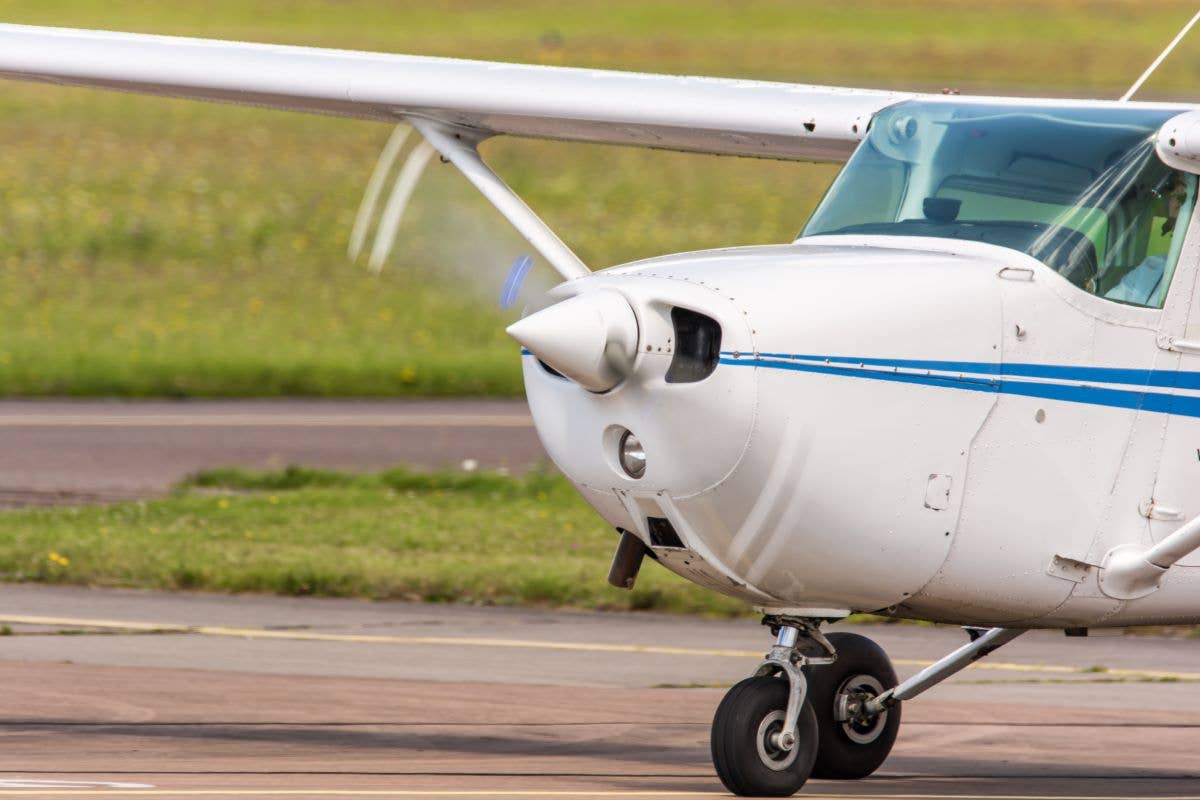
** Air France 447 Black Box lying on the floor of
the Atlantic.**
In the final report issued Thursday on the Air France 447 crash that killed 228 people in May 2009, investigators said the pilots were "completely surprised" by technical problems experienced at high altitude and engaged in increasingly de-structured actions until suffering "the total loss of cognitive control of the situation."
The report, issued by the BEA – France’s aviation accident investigative authority – paints a picture of profound confusion and poor task sharing between the two copilots as events leading to the crash rapidly unfolded.
The Airbus A330, en route from Rio de Janeiro to Paris, was flying over the mid-Atlantic at 35,000 feet when the pitot tubes iced over, triggering the aircraft’s autopilot and autothrust to disengage and causing a loss of accurate airspeed information.
As the captain rested outside of the cockpit, one of the two remaining copilots took manual control of the aircraft and made nose-up inputs that caused the aircraft to exit the flight envelope less than one minute later and enter a stall that caused it to lose altitude at a rate greater than 10,000 fpm.
Despite multiple stall warnings, including one that lasted continuously for 54 seconds, neither of the copilots acknowledged them nor the appearance of stall buffet.
The fly-by-wire A330 incorporates envelope protection technology that prevents the airplane from entering a stall in most cases. During a complete loss of airspeed information, however, that system reverts to manual control, and the airplane behaves much like a conventional airliner.
The report maintains that the pilots’ actions indicate they perhaps believed they were in an overspeed situation as opposed to a stall. According to investigators, the training likely undergone by the A330 pilots associated buffet with a potential overspeed situation, despite the fact that on the aircraft buffet is actually only experienced when approaching a stall.
Adding to the confusion was the fact that the stall warning, by design, turned on and off as the aircraft fluctuated amid very low airspeed levels.
In the wake of the crash, authorities put forth a number of changes and recommendations, included among them the requirement for additional airspeed training, better relief crew instructions and a shorter time period between pitot tube maintenance checks. Air France has also replaced pitot tubes in its fleet made by Thales with a different version from Goodrich.
The BEA also recommended that authorities enact training dedicated to high altitude stall approach and recovery and suggested that authorities review the possibility of adding an angle of attack indicator in the cockpit.

Sign-up for newsletters & special offers!
Get the latest FLYING stories & special offers delivered directly to your inbox






